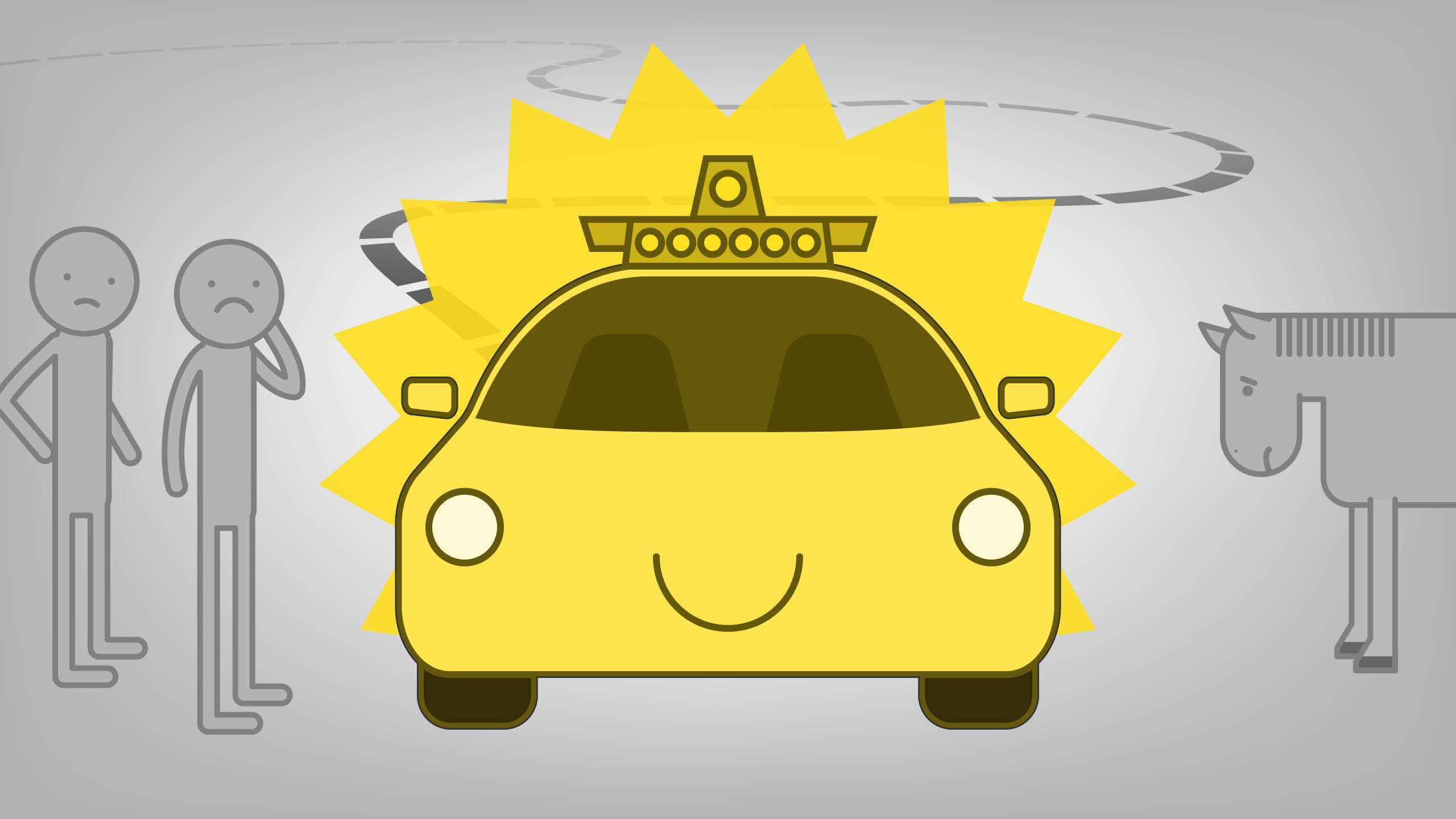It might feel like the self-driving car revolution is constantly just around the corner, but the journey has been ongoing for years. If you’re wondering When Did Uber Launch Its Self Driving Car Program, you’re diving into a fascinating chapter of this technological evolution. The answer takes us back to a period when the ride-sharing giant started making serious moves to automate transportation.
Uber’s foray into autonomous vehicles began much earlier than many might realize. While news initially hinted at their ambitions in early 2015 with the opening of a robotics research facility in Pittsburgh, the actual public reveal of their self-driving car program came a bit later. For those keeping track, it was in August 2016 when Uber officially launched its self-driving car program by deploying its first fleet of autonomous vehicles for public use in Pittsburgh.
This launch wasn’t just a quiet announcement; it was a bold step that signaled Uber’s serious intent to become a leader in the self-driving space. Let’s delve into the details of this pivotal moment and what it meant for the future of transportation.
Uber’s Pittsburgh Pilot Program: The First Public Self-Driving Rides
In August 2016, Pittsburgh became ground zero for Uber’s ambitious self-driving experiment. The company rolled out approximately 100 modified Volvo XC90 SUVs, each equipped with a suite of sensors and software to navigate city streets autonomously. These weren’t just concept cars; they were integrated into the regular Uber service, meaning everyday users in Pittsburgh had a chance to be picked up in a self-driving vehicle.
To ensure safety and gather crucial data, each vehicle was staffed with two Uber employees: an engineer behind the wheel, ready to take control if necessary, and a co-pilot tasked with observation and meticulous note-taking. A liquid-cooled computer in the trunk diligently recorded trip information and mapping data, further refining the autonomous system. Adding an intriguing incentive, Uber offered free rides to passengers who were fortunate enough to be matched with a self-driving car, making it a unique and exciting experience for early adopters.
This initial program was crucial for Uber to gather real-world data, test their technology in a live urban environment, and understand the practical challenges of deploying self-driving cars. It marked a significant leap from closed-track testing to public roads, bringing the reality of autonomous vehicles closer to everyday life.
The Otto Acquisition: Fueling Uber’s Autonomous Ambitions
Behind the scenes of this public launch, a strategic acquisition played a vital role in accelerating Uber’s self-driving program. Uber quietly acquired Otto, a promising self-driving truck startup, in a move that significantly boosted their autonomous capabilities. Founded earlier in 2016 by a team of ex-Googlers, including Anthony Levandowski, Otto brought invaluable expertise and technology to Uber.
Anthony Levandowski, a key figure in Google’s self-driving car project, joined Uber as part of the acquisition, becoming the head of Uber’s self-driving efforts. This acquisition wasn’t just about technology; it was about talent. Levandowski and his team possessed deep knowledge in lidar and autonomous systems, essential components for self-driving vehicles. Otto’s focus on retrofitting existing trucks with self-driving technology also provided a valuable approach that Uber could adapt for its passenger vehicles.
The acquisition of Otto underscored Uber’s commitment to rapidly advancing its self-driving program. By bringing in experienced engineers and cutting-edge technology, Uber aimed to accelerate its development timeline and compete effectively in the burgeoning autonomous vehicle landscape.
A Race for Autonomy: Uber’s Need for Speed
The context surrounding Uber’s self-driving launch in 2016 was a race to autonomy, primarily against tech giants like Google. While Google had been publicly testing its self-driving cars for years, Uber was perceived as playing catch-up. However, the acquisition of Otto and the rapid deployment in Pittsburgh signaled Uber’s determination to close the gap and even surpass competitors in the speed of development and deployment.
Anthony Levandowski’s comments at the time highlighted a sense of urgency and perhaps frustration with the slower pace of development at Google. Uber, under the leadership of Travis Kalanick, appeared to embrace a more aggressive and faster approach to bringing self-driving technology to market. This emphasis on speed, combined with strategic acquisitions and public testing, positioned Uber as a major player in the self-driving car race.
Conclusion: Uber’s 2016 Launch as a Milestone
So, to definitively answer the question, Uber launched its self-driving car program in August 2016, marking a crucial turning point for both the company and the autonomous vehicle industry. The Pittsburgh pilot program was more than just a test; it was a public declaration of Uber’s commitment to self-driving technology and a significant step towards the future of transportation. While the road to fully autonomous fleets is still ongoing, the launch in 2016 remains a key milestone in Uber’s journey and the broader evolution of self-driving cars.
 Uber Self Driving Cars
Uber Self Driving Cars
Alt text: Uber self-driving car program launch in Pittsburgh, August 2016, featuring a Volvo XC90 SUV equipped with autonomous technology.